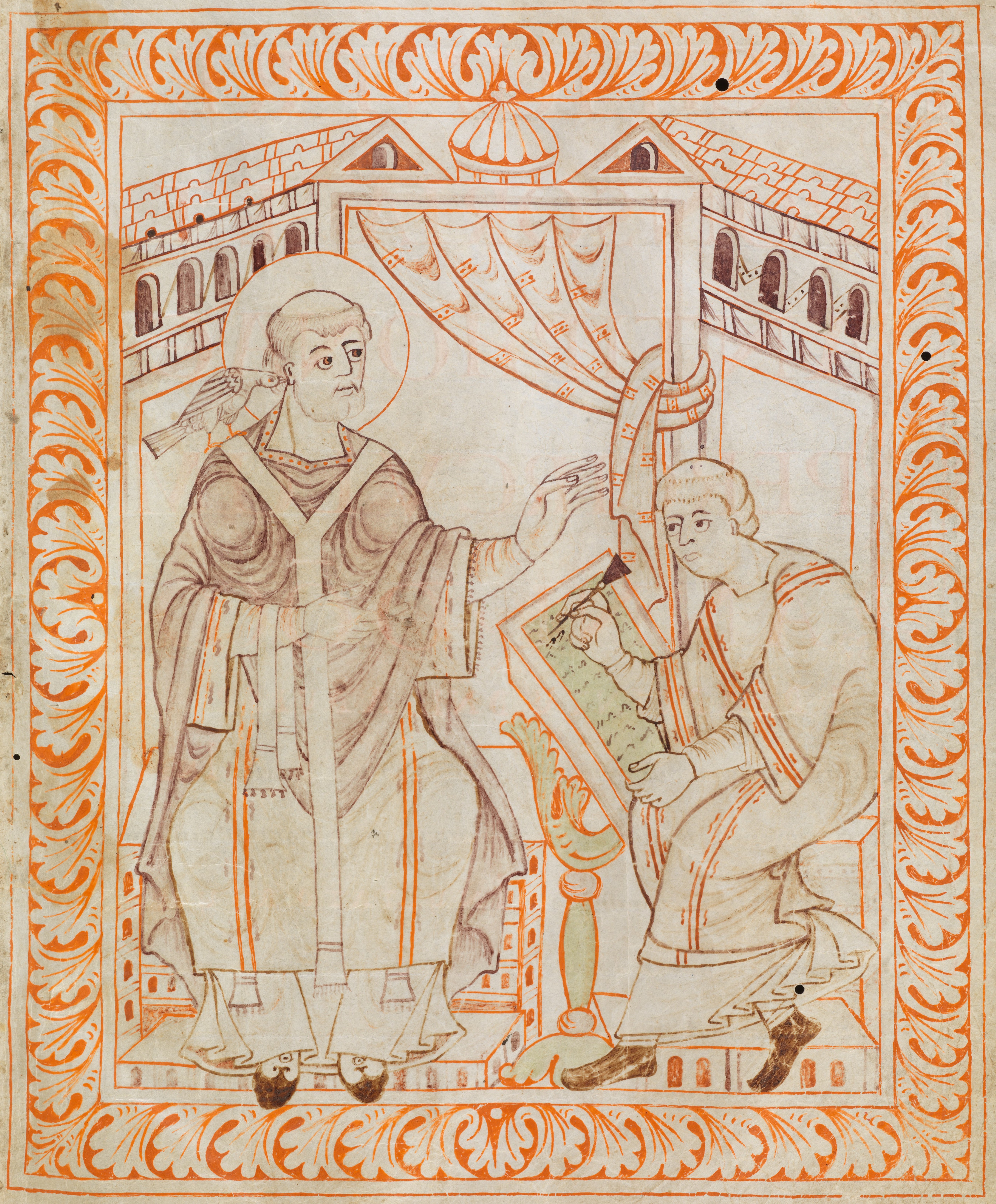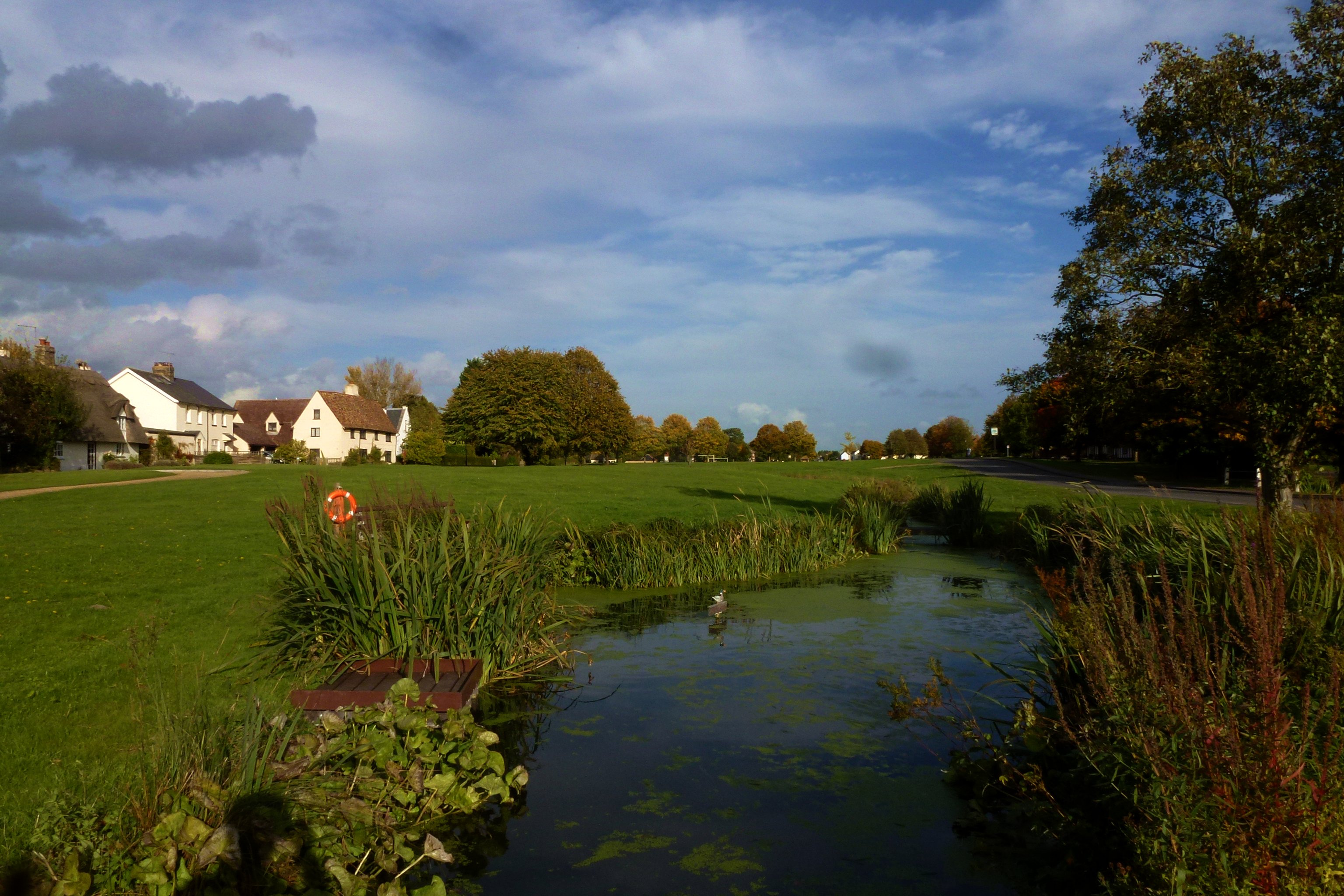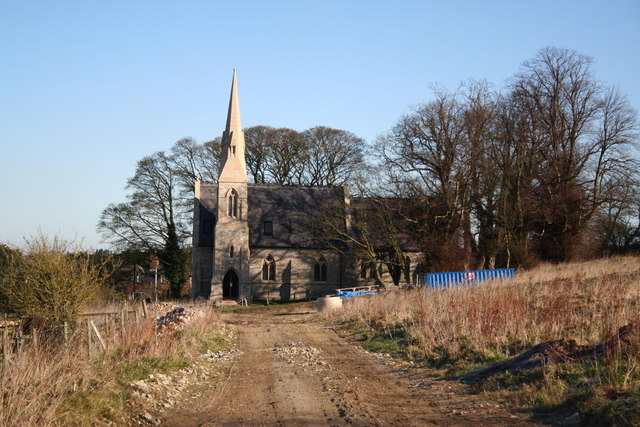|
List Of Anglo-Saxon Cemeteries
Anglo-Saxon cemeteries have been found in England, Wales and Scotland. The burial sites date primarily from the fifth century to the seventh century AD, before the Christianisation of Anglo-Saxon England. Later Anglo-Saxon period cemeteries have been found with graves dating from the 9th to the 11th century. Burials include both inhumation and cremation. Inhumation burials before the late seventh century when pagan funerary rituals were the norm, often consisted of rectangular graves, with coffins or were lined with stones. High status burials, often held burial furniture, predominantly burial beds. Grave goods were often placed with the body, and included jewellery, especially Anglo-Saxon brooches, weapons, tools, and household items. List of Anglo Saxon Cemeteries ''This is a partial list of Anglo-Saxon Cemeteries''. External links Anglo- Saxon treatment of older women during burial [...More Info...] [...Related Items...] OR: [Wikipedia] [Google] [Baidu] |
Christianisation Of Anglo-Saxon England
The Christianisation of Anglo-Saxon England was a process spanning the 7th century. It was essentially the result of the Gregorian mission of 597, which was joined by the efforts of the Hiberno-Scottish mission from the 630s. From the 8th century, the Anglo-Saxon mission was, in turn, instrumental in the conversion of the population of the Frankish Empire. Æthelberht of Kent was the first king to accept baptism, circa 601. He was followed by Saebert of Essex and Rædwald of East Anglia in 604. However, when Æthelberht and Saebert died, in 616, they were both succeeded by pagan sons who were hostile to Christianity and drove the missionaries out, encouraging their subjects to return to their native paganism. Christianity only hung on with Rædwald, who was still worshiping the pagan gods alongside Christ. The first Archbishops of Canterbury during the first half of the 7th century were members of the original Gregorian mission. The first native Saxon to be consecrated arch ... [...More Info...] [...Related Items...] OR: [Wikipedia] [Google] [Baidu] |
Northumberland
Northumberland () is a ceremonial counties of England, county in Northern England, one of two counties in England which border with Scotland. Notable landmarks in the county include Alnwick Castle, Bamburgh Castle, Hadrian's Wall and Hexham Abbey. It is bordered by land on three sides; by the Scottish Borders, Scottish Borders region to the north, County Durham and Tyne and Wear to the south, and Cumbria to the west. The fourth side is the North Sea, with a stretch of coastline to the east. A predominantly rural area, rural county with a landscape of moorland and farmland, a large area is part of Northumberland National Park. The area has been the site of a number of historic Anglo-Scottish wars, battles with Scotland. Name The name of Northumberland is recorded as ''norð hẏmbra land'' in the Anglo-Saxon Chronicle, meaning "the land north of the Humber". The name of the kingdom of ''Northumbria'' derives from the Old English meaning "the people or province north of th ... [...More Info...] [...Related Items...] OR: [Wikipedia] [Google] [Baidu] |
London
London is the capital and List of urban areas in the United Kingdom, largest city of England and the United Kingdom, with a population of just under 9 million. It stands on the River Thames in south-east England at the head of a estuary down to the North Sea, and has been a major settlement for two millennia. The City of London, its ancient core and financial centre, was founded by the Roman Empire, Romans as ''Londinium'' and retains its medieval boundaries.See also: Independent city#National capitals, Independent city § National capitals The City of Westminster, to the west of the City of London, has for centuries hosted the national Government of the United Kingdom, government and Parliament of the United Kingdom, parliament. Since the 19th century, the name "London" has also referred to the metropolis around this core, historically split between the Counties of England, counties of Middlesex, Essex, Surrey, Kent, and Hertfordshire, which largely comprises Greater London ... [...More Info...] [...Related Items...] OR: [Wikipedia] [Google] [Baidu] |
Orpington
Orpington is a town and area in south east London, England, within the London Borough of Bromley. It is 13.4 miles (21.6 km) south east of Charing Cross. On the south-eastern edge of the Greater London Built-up Area, it is south of St Mary Cray, west of Ramsden, north of Goddington and Green Street Green, and east of Crofton and Broom Hill. Orpington is covered by the BR postcode area. It is identified in the London Plan as one of 35 major centres in Greater London. History Stone Age tools have been found in several areas of Orpington, including Goddington Park, Priory Gardens, the Ramsden estate, and Poverest. Early Bronze Age pottery fragments have been found in the Park Avenue area. During the building of Ramsden Boys School in 1956, the remains of an Iron Age farmstead were excavated. The area was occupied in Roman times, as shown by Crofton Roman Villa and the Roman bath-house at Fordcroft. During the Anglo-Saxon period, Fordcroft Anglo-Saxon cemetery wa ... [...More Info...] [...Related Items...] OR: [Wikipedia] [Google] [Baidu] |
Fordcroft Anglo-Saxon Cemetery
Fordcroft Anglo-Saxon cemetery was a place of burial. It is located in the town of Orpington in South East London, South-East England. Belonging to the Middle Anglo-Saxon period, it was part of the much wider tradition of burial in Early Anglo-Saxon England. Fordcroft was a mixed inhumation and cremation ceremony. Archaeologists affiliated with the local Orpington Museum began excavating in 1965, expecting to find evidence of Romano-British occupation, but after discovering the cemetery decided to focus on it. Excavation continued for four seasons, ending in 1968. Location The site was located in Orpington, close to the border with St Mary Cray. It sits between Bellefield Road and Poverest Road, near to the junction with the A224 road. The source of the River Cray lies half a mile south of the cemetery, while the river itself passes by 200 metres away from the site. The plot of land on which it was discovered was 1/8 of an acre in size. The soil is largely brick-earth, res ... [...More Info...] [...Related Items...] OR: [Wikipedia] [Google] [Baidu] |
Sandwich, Kent
Sandwich is a town and civil parish in the Dover District of Kent, south-east England. It lies on the River Stour and has a population of 4,985. Sandwich was one of the Cinque Ports and still has many original medieval buildings, including several listed public houses and gates in the old town walls, churches, almshouses and the White Mill. While once a major port, it is now two miles from the sea due to the disappearance of the Wantsum Channel. Its historic centre has been preserved. Sandwich Bay is home to nature reserves and two world-class golf courses, Royal St George's and Prince's. The town is also home to many educational and cultural events. Sandwich also gave its name to the food by way of John Montagu, 4th Earl of Sandwich, and the word ''sandwich'' is now found in several languages. Etymology The place-name 'Sandwich' is first attested in the ''Anglo-Saxon Chronicle'', where it appears as ' in 851 and ' in 993. In the ''Domesday Book'' of 1086 it appears as '. ... [...More Info...] [...Related Items...] OR: [Wikipedia] [Google] [Baidu] |
Finglesham Anglo-Saxon Cemetery
Finglesham Anglo-Saxon cemetery is a place of burial that was used from the sixth to the eighth centuries CE. It is located adjacent to the village of Finglesham, near Sandwich in Kent, South East England. Belonging to the Anglo-Saxon period, it was part of the much wider tradition of burial in Early Anglo-Saxon England. Finglesham was an inhumation-only cemetery, with no evidence of cremation. Many of the dead were interred with grave goods, which included personal ornaments, weapons, and domestic items, and some had tumuli erected above their graves. Coming under threat from chalk quarrying, the cemetery was first excavated by local archaeologists W.P.D. Stebbing and W. Whiting in 1928–29. After it was revealed that deep ploughing was becoming a threat to the site, further excavation took place under the finance of the Ministry of Public Buildings and Works between 1959 and 1967, directed by Sonia Chadwick Hawkes. Location Finglesham Anglo-Saxon cemetery is located ... [...More Info...] [...Related Items...] OR: [Wikipedia] [Google] [Baidu] |
Barrington, Cambridgeshire
Barrington is a small village and civil parish in the South Cambridgeshire district of Cambridgeshire, England. The village is about south-west of Cambridge, between Haslingfield and Shepreth. History The parish of Barrington is roughly a trapezium in shape and covers 2282 acres. The southern boundary follows the River Cam which separates it from the parishes of Shepreth, Foxton, and Harston and formed the ancient boundary of Wetherley hundred. Its northern boundary reaches the ancient Mare Way at its north-westernmost tip, a track that ran along the ridge of the White Hill, and now forms the A603. It borders Orwell to the west, Harlton to the north and Haslingfield to the east. Listed as ''Barentone'' in the Domesday Book of 1086 the name "Barrington" is believed to mean "farmstead of a man called Bara". The village has long been an important manufacturer of bricks and cement; there were already four brick-makers by the 1840s. The Prime family opened the Shepreth road brickw ... [...More Info...] [...Related Items...] OR: [Wikipedia] [Google] [Baidu] |
Collingbourne Ducis
Collingbourne Ducis is a village and civil parish on Salisbury Plain in Wiltshire, England, about south of Marlborough. It is one of several villages on the River Bourne which is a seasonal river, usually dry in summer. The parish includes the hamlets of Cadley and Sunton. History From the Domesday Book we know Earl Harold held the manor, and in 1086 a large settlement of 87 households was recorded. In 1256 the village was named Collingbourne Earls after the Lord of the Manor, the Earl of Leicester, who also held neighbouring Everleigh. John of Gaunt inherited the manor, became the Duke of Lancaster, and the village was thus known as Collingbourne Ducis or Dukes. Sunton House is a Grade II* listed seven-bay house from c. 1710. The architect C.E. Ponting was born in Collingbourne Ducis in 1850. The restoration of St. Andrew's parish church in 1856 by G.E. Street made a lasting impression on him. The Bourne Iron Works in the village was established by James Rawlin ... [...More Info...] [...Related Items...] OR: [Wikipedia] [Google] [Baidu] |
North Lincolnshire
North Lincolnshire is a unitary authority area in Lincolnshire, England, with a population of 167,446 in the 2011 census. The borough includes the towns of Scunthorpe, Brigg, Haxey, Crowle, Epworth, Bottesford, Kirton in Lindsey and Barton-upon-Humber. North Lincolnshire is part of the Yorkshire and Humber region. North Lincolnshire was formed following the abolition of Humberside County Council in 1996, when four unitary authorities replaced it, North Lincolnshire and North East Lincolnshire, on the south bank of the Humber Estuary, and the East Riding of Yorkshire and Kingston upon Hull on the north bank. It is home to the Haxey Hood, a traditional event which takes place in Haxey on 6 January, a large football scrum where a leather tube (the "hood") is pushed to one of four pubs, where it remains until next year's game. In 2015, North Lincolnshire Council began discussions with the other nine authorities in the Greater Lincolnshire area as part of a devolution b ... [...More Info...] [...Related Items...] OR: [Wikipedia] [Google] [Baidu] |
Cleatham
Manton is a village and civil parish in North Lincolnshire, England. The population of the civil parish at the 2011 census was 123. The village is situated just south from the town of Scunthorpe, and about south-west from the town of Brigg. The parish includes the hamlet of Cleatham. Cleatham was a civil parish between 1866 and 1936. Geography The parish church is a Grade II listed building dedicated to Saint Hybald. It was built of limestone in 1861 by J. M. Hooker, and Wheeler of Tunbridge Wells. The church was made redundant by the Diocese of Lincoln in 1998, and it was sold for residential use in 2003. Its parson from 1568 was John Robotham, who was accused of missing evening prayers and even Easter communion in order to play bowls. He had a number of legal battles with parishioners, some of whom he served a summons on during church services. Cleatham Hall is a Grade II listed house dating from 1855 but with earlier origins. Cleatham bowl barrow is a Bronze Age schedule ... [...More Info...] [...Related Items...] OR: [Wikipedia] [Google] [Baidu] |
Caister-on-Sea
Caister-on-Sea, also known colloquially as Caister, is a large village and seaside resort in Norfolk, England. It is close to the large town of Great Yarmouth. At the 2001 census it had a population of 8,756 and 3,970 households, the population increasing to 8,901 at the 2011 Census. It used to be served by Caister-on-Sea railway station. Following its closure in 1959, Great Yarmouth railway station, to the south, became the nearest station. The wind farm at Scroby Sands has thirty 2–megawatt wind turbines, off shore. Caister Castle, a 15th century tower, and part of which is now a car museum, is about to the west. History Caister's history dates back to Roman times. In around AD 200 a fort was built here as a base for a unit of the Roman army and navy. However its role as a fort appears to have been reduced following the construction of the Saxon Shore fort at Burgh Castle on the southern side of the estuary in the latter part of the 3rd century. The name 'Ca ... [...More Info...] [...Related Items...] OR: [Wikipedia] [Google] [Baidu] |


_-_geograph.org.uk_-_650895.jpg)


Nov2006.jpg)


